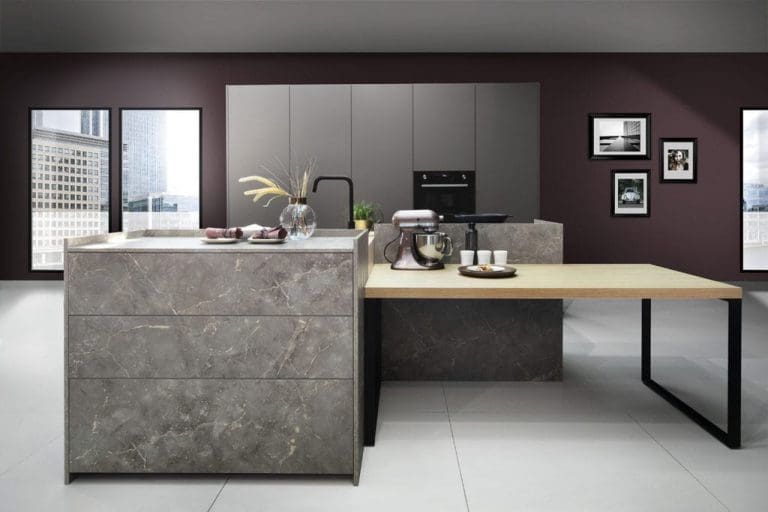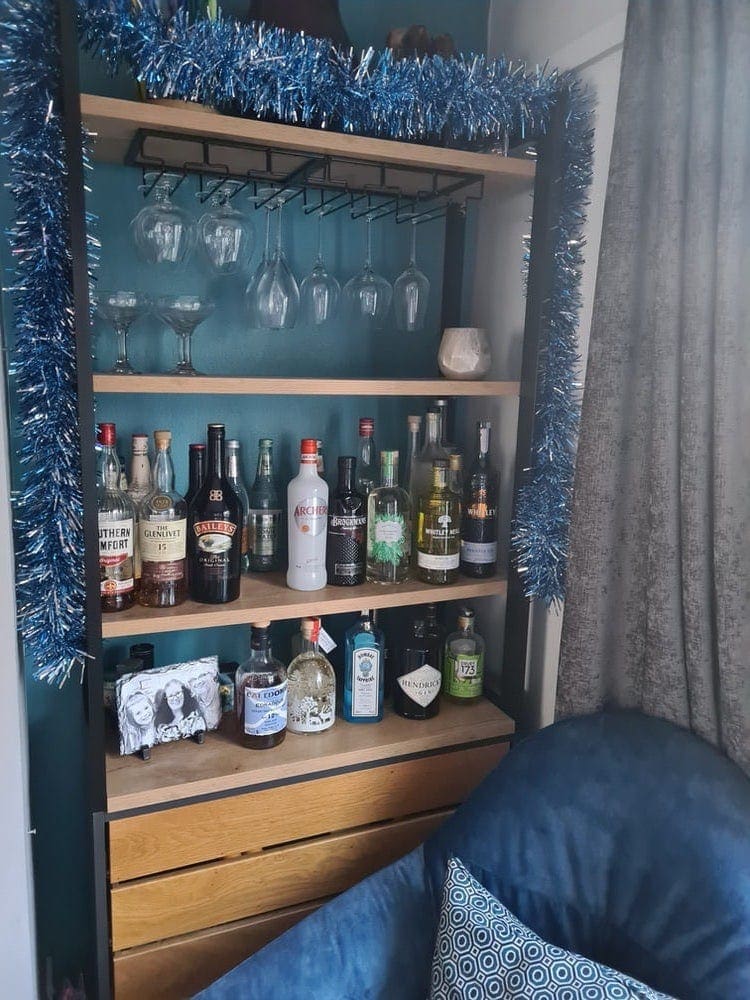The Kitchen’s Evolving Role: From Functional Workspace to Multi-Functional Hub
How Freedom Accessible Kitchens Meet and Exceed Building Regulations
You know, sometimes I think my kitchen has a busier social calendar than I do.
It used to be just a place where I chopped vegetables, burned toast, and pretended I understood the settings on my oven. But over the years, it’s somehow transformed into the true hub of my home—equal parts cooking station, homework desk, coffee lounge, and occasional therapy session spot.
It used to be the most practical, no-nonsense room in the house—a place where you chopped onions, stirred pots, and maybe balanced a recipe book on the counter if you were feeling fancy. But somewhere along the way, it evolved. Now it’s part café, part office, part kids’ play zone, part gathering space. If this room had a CV, it would be ten pages long.
Once Just a Workspace
When I was a kid, kitchens were pure function. They were closed-off, utilitarian spaces with a single job: feed the household. If you wanted to chat, you did it in the living room. If you wanted to watch TV, you weren’t anywhere near the stove.
Then open-plan living came along and blew those walls right out—literally. Suddenly, kitchens weren’t tucked away; they were the centrepiece. You could cook and still be part of the party. No more feeling like the household’s behind-the-scenes caterer.
From Social Sidekick to Social HQ
Now, the kitchen is where the action starts and ends. Friends come over, they end up around the island. Quiet weeknight? My partner is scrolling on their tablet at the counter while I experiment with a new pasta sauce. Even a quick visit from a neighbour somehow turns into a full-on chat over snacks.
It’s not just “the place we cook”—it’s the stage where a lot of our daily life plays out.
Open Plan → Broken Plan
But here’s the plot twist: after years of open everything, there’s a new shift happening—what designers call “broken plan” living.
Instead of one big open space where kitchen, dining, and living all blur into one, people are finding clever ways to keep that open feeling while subtly dividing the space. Think:
- Half walls or glass partitions that give a sense of separation without blocking light
- Flooring changes (tiles in the kitchen, wood in the living area) to create invisible borders
- Open shelving that doubles as a divider and display space
I’ve seen homes where the kitchen still flows into the dining room, but a smart partition or different flooring makes it feel like each area has its own personality. It’s like having an open-plan home that’s learned the value of a little personal space.
The Flexible Kitchen: More Than Just Meals
If my kitchen could speak, it would say, “Sure, I can cook, but what else do you need?”
In a single week, mine becomes:
- My remote work command centre
- My child’s science lab (complete with the occasional volcano experiment)
- A bar for Friday night cocktails
- A cozy morning coffee nook
And with mobile islands, sliding doors, and smart storage, it can switch roles faster than I can finish my latte.

Biophilic Design: Nature Steps In
Another big shift I’ve noticed… Kitchens are going green—not just in colour, but in design philosophy. Biophilic design is all about bringing natural elements indoors to make spaces healthier and more calming.
In my own kitchen, that means:
- Big windows for natural light
- Indoor plants on shelves and counters (herbs for cooking, greenery for vibe)
- Natural materials like wood, stone, and clay finishes
- A softer, more organic colour palette
There’s something about chopping vegetables next to a sunny window with a little basil plant by your side that just feels right. It’s not just pretty—it makes the space more enjoyable to spend time in, whether I’m cooking, working, or just sipping coffee.
Why All This Matters
The kitchen’s transformation says a lot about how we live now. We want spaces that are:
- Connected, but not chaotic
- Flexible enough to handle everything from morning meetings to midnight snacks
- Calming, beautiful, and grounded in nature
For me, the kitchen isn’t just the heart of the home anymore—it’s the home’s chameleon, adapting to whatever the day demands. And that’s a recipe I’m happy to keep.
